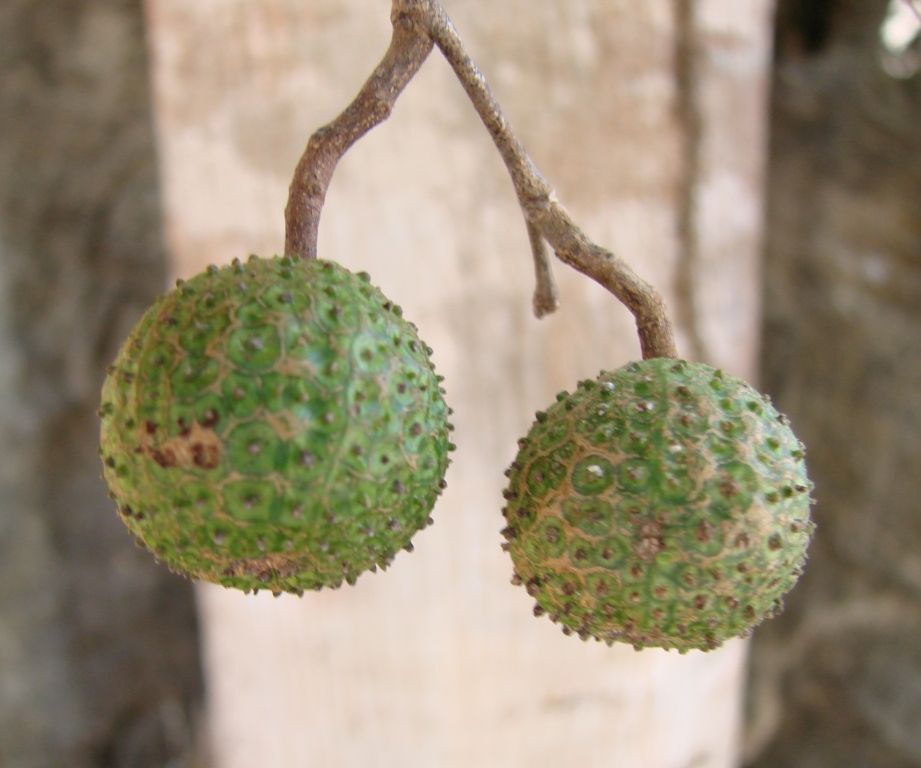Plants as Potential Anti-Diabetic Agents: Exploring Traditional Mexican Remedies
This article explores the potential of traditional Mexican plants as anti-diabetic agents. With a high incidence of diabetes in Mexico, researchers are studying the efficacy of phytochemicals in plants like chaya, cuajilote, guásima, níspero, and tronadora to aid in diabetes treatment.





